This Habits 2 Goals episode is FREE for ALL subscribers.
“There is no way to happiness, happiness is the way.”
~ Buddha
The Happiness Episode
Key takeaways:
Internal and External Factors:
Happiness originates from BOTH internal (choice/control) AND external factors (events/circumstances). (see behavior model below)
Things we can control with intention and practice, better thoughts, choices, and habits. Genetics, relationships, circumstances and events are external influences.
Choosing happiness is a crucial part of the equation, even when faced with external challenges.
Beyond Happiness… Contentment
Contentment is a deeper level of happiness. Happiness is fleeting, like the surface of the lake; it can be stormy or calm. However, deep down at the very bottom of the lake, the waters are still and calm; this is contentment.
Contentment is not about complacency; it’s about being confident and comfortable with who you are AND striving for personal growth, developing new skills and enjoying new experiences.
Internal Factors Influencing Happiness: See “The Three Circles of Behavior Echo-System”
Positive thinking and choosing the “right” stories to tell ourselves play a significant role.
Having direction, purpose and meaning (something that you choose and evolves over time) tends to foster happiness.
Maintaining healthy habits like exercise, reading, and good sleep also contribute.
External Factors:
Quality, long-term relationships: According to Harvard's research, strong, quality relationships are the number one factor.
Accomplishments, acts of kindness, and positive experiences also improve happiness.
“He who is not satisfied with a little is satisfied with nothing” ~ Epicurus
Actions to develop the happiness habit.
Upon waking, practice reading something positive and see if you can decide to be happy for the day.
Begin tracking your habits by following The Habit Factor’s P.A.R.R. methodology. This process ensures you have direction (goals) and intention which helps to develop self-efficacy, which drives happiness.
Desire is an essential factor for habit formation; knowledge and capability are not enough.
“Happiness depends upon ourselves.” ~ Aristotle
Summary:
Happiness is complex and achievable. It's not about perfect days or constant highs; it's about embracing both internal and external contributors and choosing to be content with who you are while still striving for improvement.
You can and should do both.
Additional Notes:
References "The Power of Positive Thinking" by Norman Vincent Peale and "How to Win Friends and Influence People" by Dale Carnegie.
Download the free habits-to-goals tracking template to cultivate the habits that support your goals here: https://thehabitfactor.com/templates.
Finally, happiness is a journey, not a destination. Take control of what you can, appreciate what you have, and keep moving forward!
Enjoy the show!
~mg
P.S.: From the world of statistics: All models are flawed, but some are useful.
With this in mind, we asked Google’s AI experiment Bard to “break” the “Three Circles of Behavior System” model (perhaps a future post).
The short story (no pun intended) is he/she/IT could not.
The best Bard offered: “What about people who aren’t aware of their unconscious stories/thinking?
It’s a good question and a nice attempt. However, an unconscious story is still a story (represented within the model), and that is the point of the latest book, EVERYTHING is a F*cking STORY where the latest version of the model was revealed.
BTW: YOU are also invited to try and “break” the “Three Circles of Behavior Echo-System” model.
If you think you can, please email or leave comments here.
*Note: ChatGPT’s does not know the model yet, officially published in October of 2022. GPT’s latest update is from January 2022.
***Get the inspiring, free and world’s first HABITS to GOALS tracking template here: → https://thehabitfactor.com/templates
“The Three Circles of Behavior Echo-System” / The Grunburg Behavior Model is a holistic, fluid, and dynamic behavior-change model. It’s the first behavior-change model to demonstrate how our thoughts, feelings, behaviors, and even our environment vibrate (echo and reverberate) to influence each other.
Hence, the “Echo-System.” Other behavior models represent human behavior in a linear-flow type diagram.
Background here.
If you’d like to understand human behavior at an even deeper level, learn more about the “Three Circles of Behavior Echo-System” which is featured in the book, “EVERYTHING!”
I teach and coach organizations and individuals worldwide how to best utilize and leverage “The Three Circles of Behavior Echo-System” (below) and the P.A.R.R. [Plan, Act, Record & Reassess] scientifically-backed methodology for individual and organizational behavior design.
Check out the latest cohort offering; the waitlist is now open: The 28-Day Breakthrough!
*Recently Awarded: “Finalist: Self-help, Motivation”
International Book Awards: EVERYTHING is a F*cking STORY.
Visit https://thehabitfactor.com/templates
To learn more about P.A.R.R., just Google “P.A.R.R. and The Habit Factor.”
Get The Habit Factor® FREE with your audible trial! https://audibletrial.com/habits2goals
Feedspot’s “Top 10 Habit Podcasts You Must Follow in 2021”
New listeners, grab your free habits 2 goals tracking template here: https://thehabitfactor.com/templates
FREE copy of As a Man Thinketh (PDF) right here: As a Man Thinketh

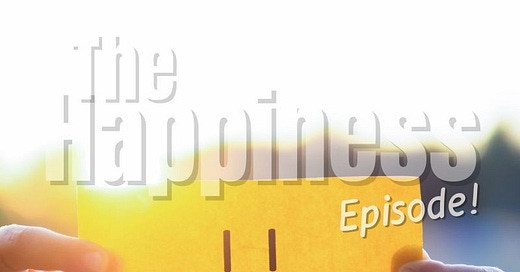



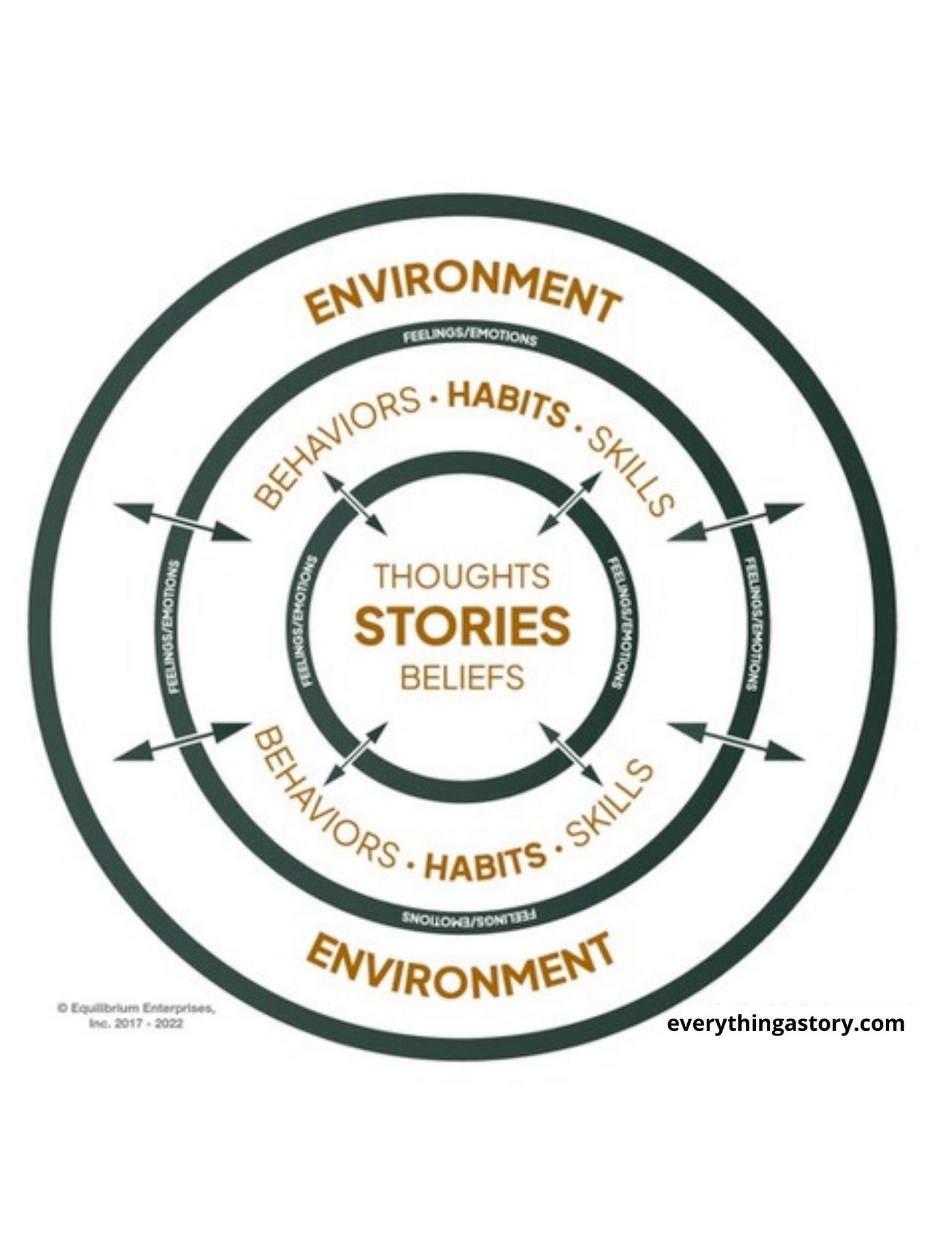





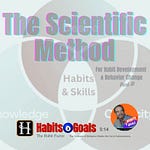
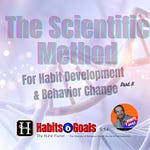
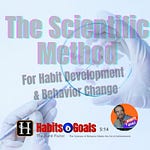
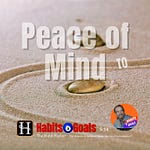
Share this post